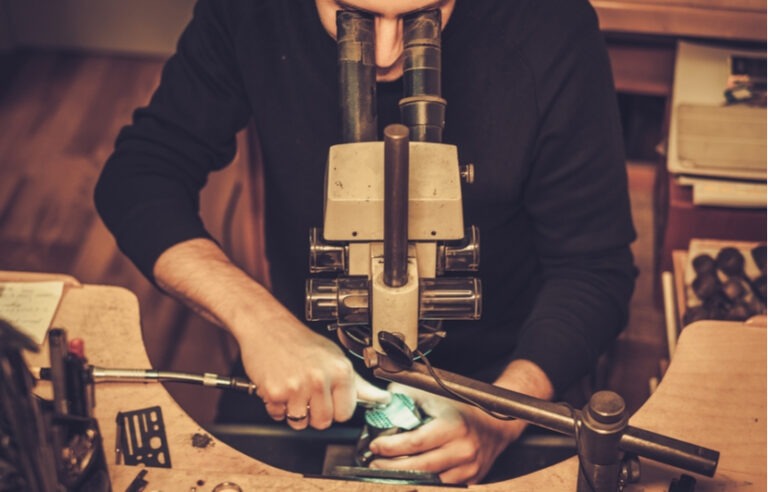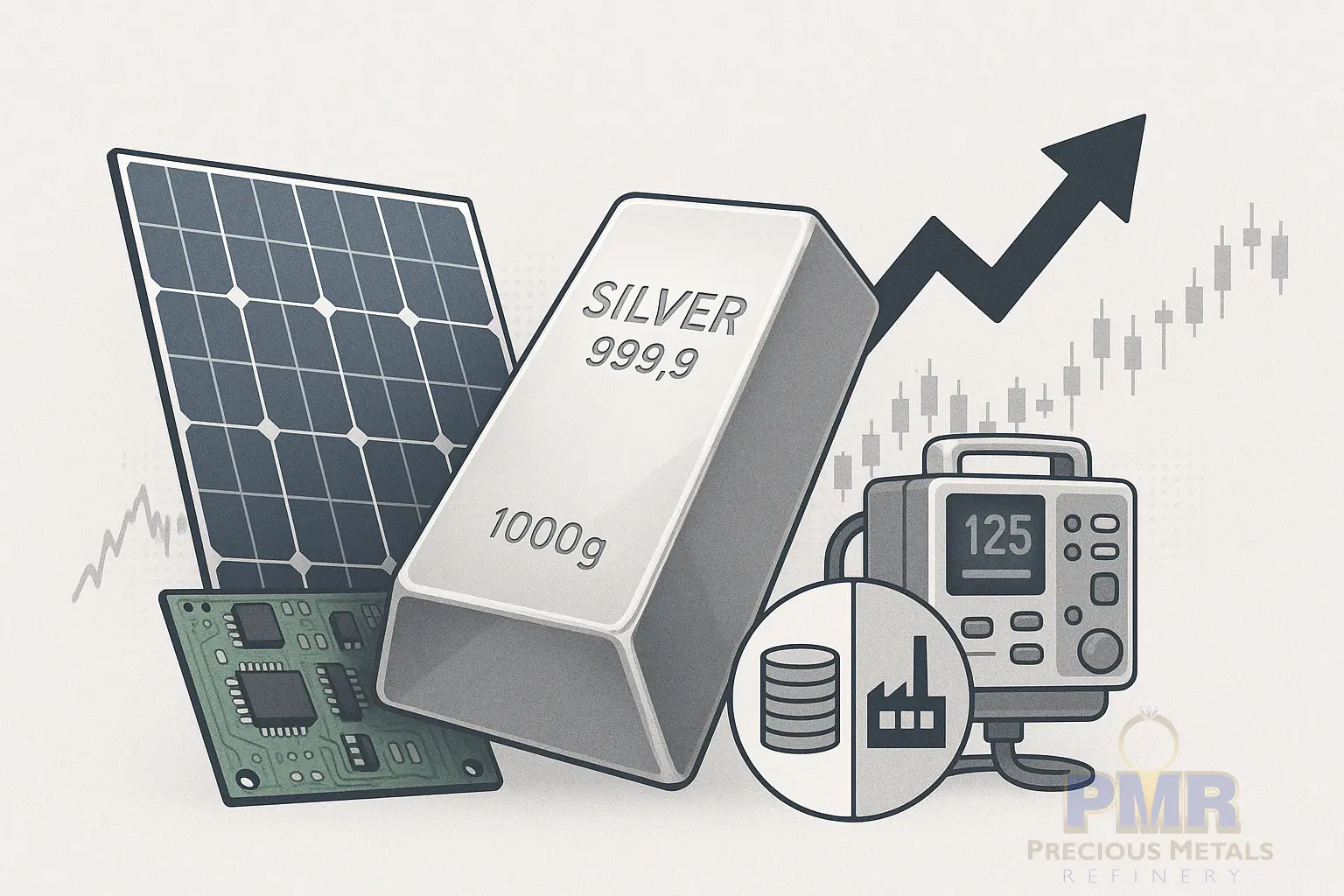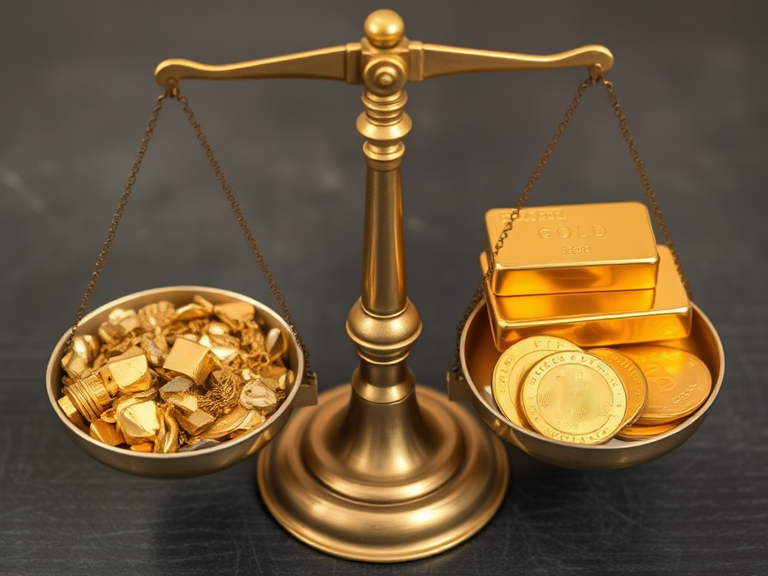Diamonds might be a girl’s best friend, but the value of a diamond can actually vary quite a bit. So how do you grade a diamond, and what qualities increase or decrease the value of such a gemstone? Known as the 4 C’s of diamonds, the price of a diamond changes based on four factors: cut, clarity, carat, and color. While cut and color are the most important of the two factors, diamond buyers and sellers need to take each into account when determining what a specific diamond is worth.
The professional team at Precious Metals Refinery have gone into detail about the 4 C’s of diamonds to inform customers what the shiny stone(s) in their jewelry box could be worth:
Cut
A cut refers to the proportions of the diamond and how shallow or deep the bottom part of the diamond shape is compared to the top table. Although the minimal differences in cut will not change the perceived shape of the diamond much to the untrained eye, it will make a massive difference in the sparkle of the piece and the way it reflects light.
The perfectly cut diamond reflects light up through the top of the table and can increase a diamond’s shine and price immensely. Shallower or deeper cuts result in diamonds with less shine because they lose some light reflection when it leaks out of the bottom or the sides rather than reflecting out of the top. The diamond cut spectrum includes poor/fair, reasonable, very good, and ideal, with ideal diamonds being quite rare and expensive. This is by far the most important of the 4 C’s of diamonds.
Clarity
Natural diamonds are fossilized minerals that take millions of years to develop. While there are lab-grown diamonds, almost always they will have some amount of imperfections. For high-quality jewelry diamonds, these are microscopic and practically invisible, but they will slightly affect the price of a diamond.
The Gemological Institute of America developed a diamond clarity scale in the 1950s. The Internally Flawless (IF) category is the highest possible rating. These diamonds are scarce and have absolutely zero inclusions or blemishes, even when looked at under 10x magnification. While there is some price difference based on the clarity of a diamond, it is probably the least important factor when determining a diamond’s worth.
Color
After the cut, color is the most essential element of a diamond in determining its rarity and value. While most diamonds appear to merely be clear to the untrained eye, there are often tinges of yellowish or brownish color that appear in a diamond when examined. The diamond color scale stretches from D to Z, with D being colorless and Z having the most color. Diamonds are scarce and very expensive.
Diamonds all the way down to the J rating and sometimes even lower have a pale-yellow color that, while present, is nearly undetectable unless compared side-by-side with a higher rated diamond. Once diamonds take on vibrant colors is when the value of color flips; the more in-depth and rarer the color, the more expensive a diamond is. Colored diamonds are scarce and price higher than traditional white diamonds because of this scarcity.
Carat
Anyone who’s taken an interest in precious metals or jewelry has heard the term carat. The average person may not know what a carat is or how such a measurement affects the worth. Carat is the measure of a diamond’s weight, with each carat equaling .02 grams. Many people confuse diamond carat with diamond size. While the weight of a diamond changes due to size, the carat measurement is strictly based on weight. Diamonds, like any other gemstones, come in a range of sizes. They can be as light as a quarter of a carat, or about .005 grams, which would have a diameter of around 4.1 mm.
The highest carat jewelry-quality diamond ever found is the Cullinan Diamond, which clocks in at 3,106.75 carats. It was discovered in a South African diamond mine in 1905 and later divided into 105 diamonds of various cuts. Some became part of the Crown Jewels of the United Kingdom. According to RareCarat.com, after about 3 or 4 carats, bigger diamonds become much rarer and exponentially more expensive.
For those ready to sell their diamonds, Precious Metals Refinery is the best place to come. Their experts are versed in the 4 C’s of diamonds and will always give you the most for your items. From diamonds to gold, watches, or other precious metals, click here to find out more information about selling your jewelry.






